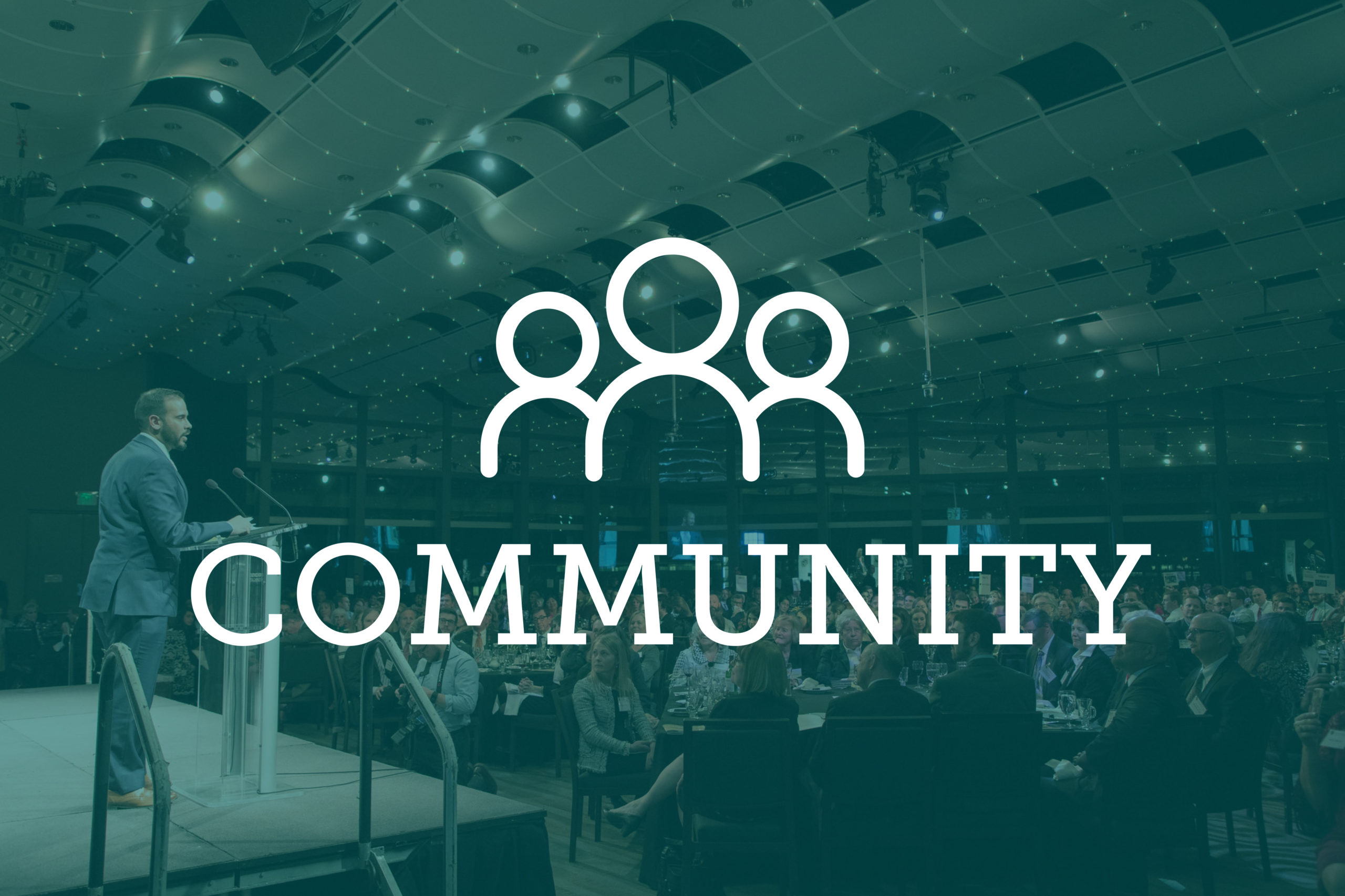
Law Bank on Jan. 19 hosted a “Diverse Perspectives Panel” featuring a discussion with prominent attorneys of color about racial justice and the legal industry’s diversity and inclusion efforts.
Panelists discussed the events of 2020, including the killing of George Floyd and Breonna Taylor by police, the subsequent protests and why the events sparked a national “racial reckoning.”
Sara Scott, CEO of the Center for Legal Inclusiveness, said police violence against Black people isn’t new, and Black people have long been aware of it. “I think the only difference [in Floyd’s death] is that it was caught on camera, and no one could exert any type of privilege in terms of changing the channel and not seeing what was going on,” she said.
Augusta Massey, an attorney in Las Vegas and president of the city’s National Bar Association chapter, added that Floyd’s murder happened while the world was stopped by the pandemic and there were few distractions to push it out of the news cycle. “With the stay-at-home orders, we just really had to sit with it and couldn’t easily move to something else,” Massey said.
Y.E. Scott, now retired from the Colorado Attorney General’s Office, said she’s optimistic there will be change now that the public and lawmakers have seen police brutality with their own eyes on TV.
Tyrone Glover of Killmer Lane & Newman said he is also optimistic that the summer’s protests will lead to change. “I looked at the legislative agenda for Colorado, and there’s just a plethora of really good bills that are going to be coming down the pike that are seeking to make some really meaningful change in the same vein of what we saw over the summer,” Glover said, referring to Colorado’s landmark police reform bill passed this summer following weeks of protests. The new law makes it easier to sue law enforcement officers by creating a way around the qualified immunity defense.
Glover said that after the events of the summer, “there’s an expectation that our organizations and our institutions are competent” when it comes to race, diversity and social justice issues.
“What I’ve seen over the last decade are rooms full of very well meaning people trying to tackle issues of social justice, cultural competency and diversity,” he said. “And when they do it without having the perspective of Black and brown and indigenous folks in the room, I’ve seen it — time and time again — fail.”
Moderator Jay Kamlet noted that, despite increased emphasis on diversity and inclusion at law firms, the legal profession remains among the least diverse professions, with the number of attorneys identifying as Black or African-American hovering around 5%.
Y.E. Scott said support for D&I efforts has to come from the top down. “A lot of times you’ll have maybe one partner that wants to include you,” she said. “But unless you make it an actual public policy at the firm, and the top people make sure it happens, it’s not going to last.”
Sara Scott of CLI agreed that diversity and inclusion must have the support of leadership and be part of a firm’s strategic plan. She said that firm leaders should be looking at team members holistically and as individuals. “A lot of times, managing partners categorize people, and they do so quickly,” she said. Instead of deciding that one junior associate’s first memo was bad and writing them off, Scott said, leaders should focus on equity by getting the associate a writing coach or finding other ways to build their potential.
Panelists noted that diversity and inclusion efforts shouldn’t end with hiring. “Oftentimes what happens is as soon as there’s a diverse hire or a diverse partner comes over,” Glover said, “then they breathe a big sigh of relief and sort of go about their day, and they’re not checking in with that individual.” He said firm leaders should be taking inventory of the types of cases and matters the new hire is working on and making sure they’re getting opportunities to do the work they want and connect with the firm’s culture.
The discussion shifted to what white attorneys should do to show they’re allies to Black, brown and indigenous people. Massey said it’s important to acknowledge there are power imbalances that might prevent attorneys of color from speaking up and making demands of their white colleagues. She said that as a young associate who graduated in the middle of a recession, “I didn’t feel empowered enough to go to your office and be like, ‘Hey, I need you to be an ally at the next partnership meeting.’”
Massey added that would-be allies should understand that failure is part of the process of becoming an ally. “You will mess up. You will say things that will come across as insensitive. You will say things that will be considered microaggressions,” she said. “It is part of your retraining.”
“It’s up to white people to educate themselves about the plight of Black and indigenous people,” said Sarah Scott of CLI.Y.E. Scott added that white people have to be able to start conversations and offer to learn from people of color, but they might not know how to educate themselves.
Y.E. Scott told a story about a white neighbor who couldn’t understand why people were still protesting months after George Floyd’s death. Scott explained to the neighbor that she wasn’t just protesting for Floyd, but because she has sons and grandsons. “I’m protesting for them, so that they don’t become George,” she said.
“Until you have that conversation — until white people actually talk to people of color and find out what their life is like —they don’t know what to ask,” Y.E. Scott said. “They can’t imagine what our lives are like.”
—Jessica Folker

